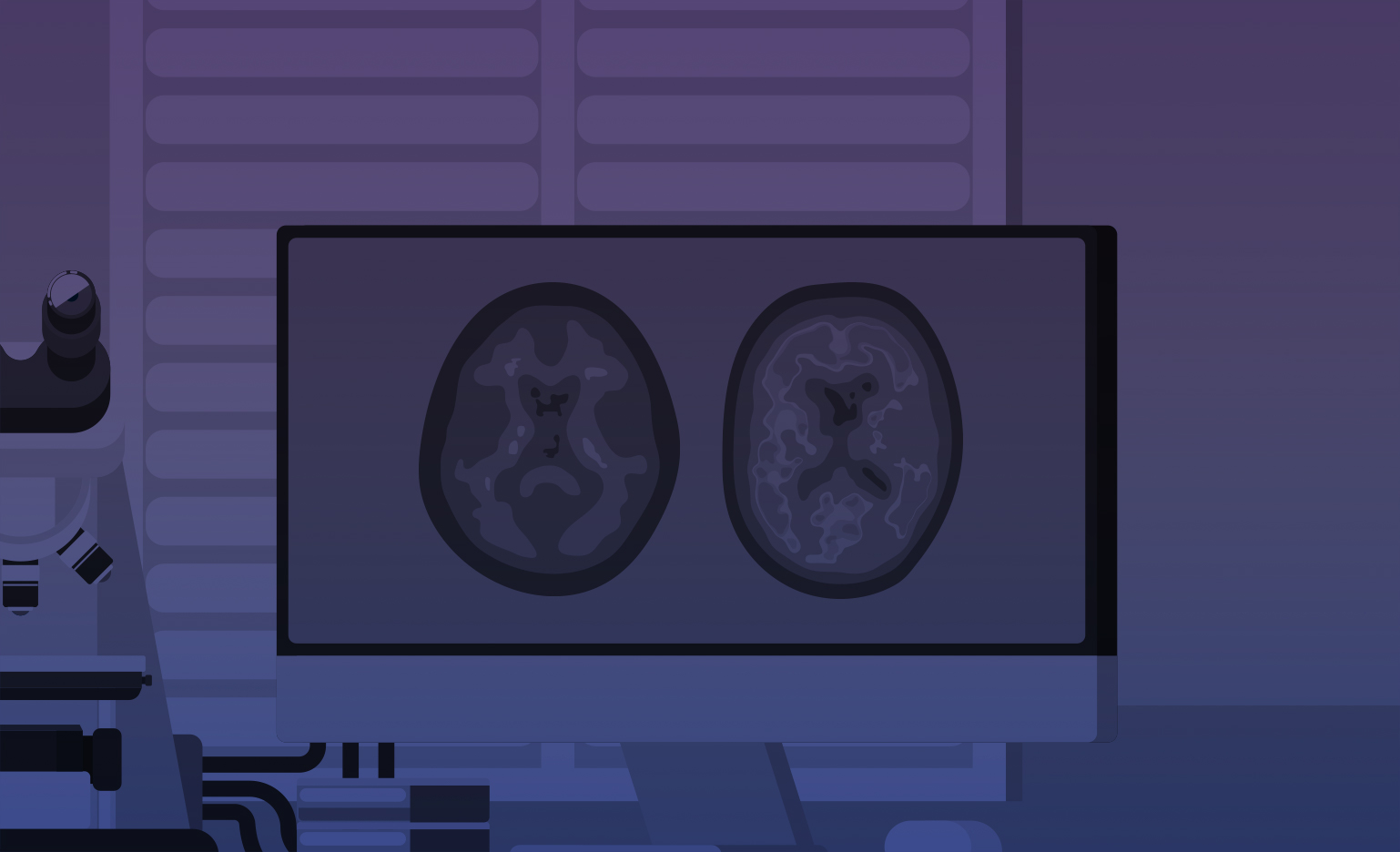Duke University
Duke University
Slowing arginine utilization by inhibiting arginase and ornithine decarboxylase with DFMO
As recognized by ADDF, the search for AD therapeutics is best served by widening the scope of mechanisms involved in the neurodegenerative process. Recently, altered immunity has re-emerged as a basic mechanism underlying AD pathology. This proposal is built on studies that show a novel immune based mechanism that is initiated early in an AD-like disease process. We have used a mouse model of AD that takes into account critical differences in immunity between mice and men. As a result, the CVN-AD model used in this study demonstrates a more complete spectrum of the characteristic pathology found in AD compared to other mouse models of AD. Contrary to the predominant view of immunity in AD, where AD pathology is driven by pro-inflammatory factors, we find that neuronal death in AD is temporally and spatially associated with immune suppression, arginase production, and arginine catabolism leading to nutrient deprivation of neurons. This is a novel and potentially critical mechanism for the slow and persistent loss of neurons in humans with AD. Our study also suggests that proliferating microglia play a role in AD pathology via abnormal utilization of arginine and that blockade of this process by difluoromethylornithine (DFMO) can prevent the development of AD pathology. DFMO is a re-purposable drug which has been used as an anti-neoplastic agent in humans. We propose herein to directly address whether DFMO can be used as a therapeutic as well as a preventative treatment as shown by our studies and to begin the search for prodrugs of DFMO that will allow better transit with lower GI toxicity across the GI tract.

